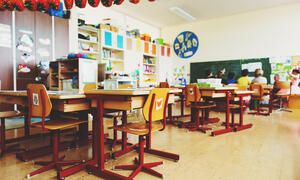article
A Care Plan for Honest History and Difficult Conversations

A research-based approach for strategies of care that educators, parents and caregivers can practice when teaching honest history or engaging in difficult conversations.


